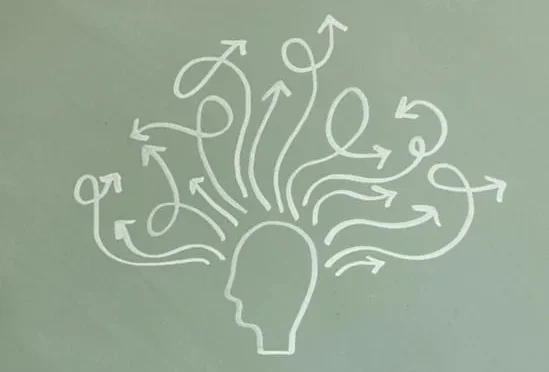ADHD – When Inattentiveness, Hyperactivity and Impulsivity Significantly Impact Your Life
Attention Deficit Hyperactivity Disorder affects around 5% of adults and 10% of children1. Symptoms of ADHD can include inattentiveness, hyperactivity and/or impulsivity. All people, especially children, experience these symptoms to some degree but for those with ADHD these symptoms significantly affect functioning in their academic, occupational or social life2. Rates of ADHD diagnosis have risen by a third for boys and girls in the last 5 years3. There are three key diagnostic types of ADHD that are defined by the predominant symptoms a person experiences (see table below).
Specific diagnosis2
| Type | Example of symptoms |
| Predominantly
Inattentiveness |
Low attention to detail, difficulty focusing during presentations or conversations and seems to be daydreaming (in the absence of an obvious distraction. |
| Predominantly
Hyperactivity and Impulsivity |
Fidgeting and squirming, difficulty remaining seated when required, difficulty engaging in leisure activities quietly. Is often “on the go” and interrupting or intruding on others. |
| Combined | When a person fits the diagnostic criteria for Inattentive and Hyperactivity/Impulsivity. |
| Unspecified ADHD | When someone meets some but not all the required criteria for ADHD. Must also experience significant functioning issues in life. |
Gaps in Diagnosis
There is a significant difference in the rates of ADHD diagnoses between boys and girls and between Native English Speakers and non-English speakers. However, research suggests this is largely due to under or misdiagnosis in non-whites and women.
Difficulty in diagnosis
Despite the increased rates of diagnosis, an ADHD assessment is typically a long process and can be hard to find. There are some neuro-biological similarities in those with ADHD, however there is no biological test that produces a clear diagnosis. Therefore, like many Psychological Disorders, ADHD relies on the diagnosis of a psychiatrist or psychologist based on the DSM-V or ICD-10. Not all diagnosticians will conduct ADHD assessments, this is largely due to the implications of a diagnosis. Namely, ADHD medications are amphetamines, which are very effective at treating ADHD however they can be highly addictive and easily abused by those without ADHD4. The diagnostic process is there to ensure the patient will benefit from this medication whilst minimising the risks involved.
ADHD Assessments
Practitioners will conduct a thorough assessment of symptoms, functioning and childhood symptoms when considering an ADHD diagnosis. Often, they will ask for input from family members or teachers. Typically, the assessment will require between 3-4 hours of interview (broken up into 1-2 hour sessions) and then an extensive report written by the practitioner. This process requires a lot of work and expertise, so expect to pay a significant amount for it.
Overdiagnosis or Misdiagnosis
It’s commonly believed that ADHD is overdiagnosed, yet there’s no research to support this. This seems to be largely linked to a distrust of the medical field and a misunderstanding of the disorder. Without understanding that ADHD medication is life-changing for many people, the concept of giving amphetamines to children might be confronting.
Women and Girls
Women and girls with ADHD have been consistently underdiagnosed or misdiagnosed compared to boys1. There are several theories as to why this is the case. Firstly, girls tend to be better or more motivated to hide their ADHD behaviours by Masking, which is the ability to observe and mimic the social behavioural norms around them. Whilst this can help them to fit in, Masking can be exhausting and can make diagnosis more difficult. Secondly, women and girls are more likely to present with Inattentive ADHD, whereas boys are more likely to present with Hyperactive or Impulsive ADHD. The latter two are more obvious as they can result in loud and disruptive behaviours. Despite this disparity of diagnosis, the gender gap is decreasing4.
Treatment
Treatment primarily involves medication and psychotherapy. Medication is reserved for those who are officially diagnosed, however psychotherapy is available to anyone who has identified that they experience some of these symptoms or difficulty in functioning.
For more information about The Three Seas ADHD assessment or psychology and counselling to assist with ADHD symptoms call 9809 1000. Alternatively fill out the online enquiry form.
[wpdevart_like_box profile_id=”thethreeseaspsychology” stream=”hide” connections=”hide” width=”300″ height=”550″ header=”small” cover_photo=”show” locale=”en_US”]


